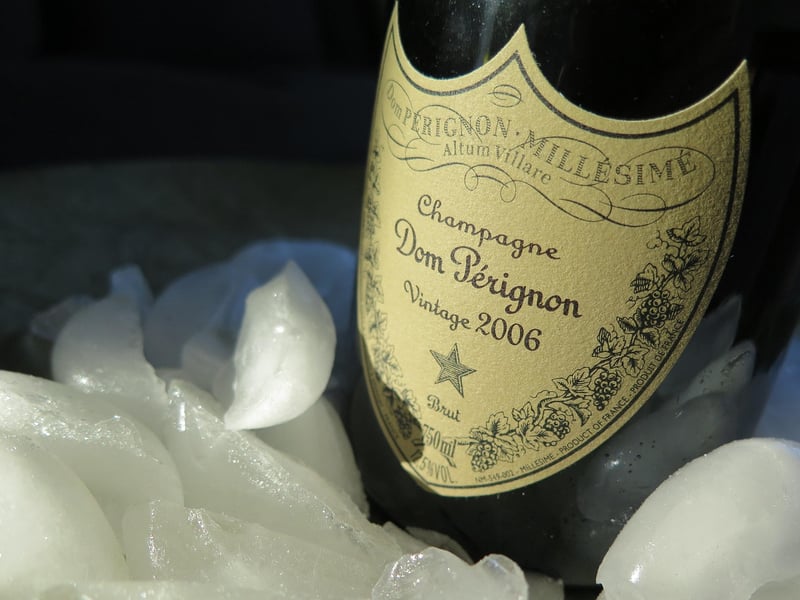Historical Etiquette
The Importance of Historical Etiquette: Guidance and Advice
Etiquette, the customary code of polite behavior in society, has a rich history that dates back centuries. Understanding historical etiquette can provide valuable insights into the customs and manners of different time periods, helping us appreciate the evolution of social norms and interactions. In this article, we explore the significance of historical etiquette and offer guidance and advice on how to incorporate elements of traditional manners into modern-day settings.
The Significance of Historical Etiquette
Historical etiquette serves as a window into the past, offering a glimpse into the values, beliefs, and social structures of bygone eras. Etiquette manuals from different time periods provide detailed instructions on how to behave in various social situations, from formal dinners to courtship rituals. By studying historical etiquette, we can gain a deeper understanding of the expectations and behaviors that shaped society in the past.
Guidance and Advice for Modern Times
While some aspects of historical etiquette may seem outdated or impractical in today's world, there are timeless principles that can still be applied with relevance. Here are some pieces of guidance and advice inspired by historical etiquette:
- Respect for Others: Just as in the past, showing respect for others through polite language and gestures is key to building positive relationships.
- Table Manners: Basic table manners, such as using utensils properly and not speaking with your mouth full, are timeless signs of good breeding.
- Gratitude and Appreciation: Expressing gratitude and appreciation for others' kindness or hospitality never goes out of style.
- Dressing Appropriately: Dressing appropriately for different occasions shows respect for the event and the people attending.
Embracing Tradition in a Modern World
While modern society may have relaxed some of the rigid rules of historical etiquette, there is still value in incorporating elements of tradition into our daily lives. By blending the time-honored principles of respect, courtesy, and consideration with a contemporary mindset, we can navigate social interactions with grace and poise.
Whether it's remembering to say "please" and "thank you" or dressing appropriately for a formal event, embracing historical etiquette can elevate our interactions and leave a lasting impression on those around us.
Conclusion
Historical etiquette offers a treasure trove of wisdom and guidance that can enrich our lives and relationships. By understanding the significance of traditional manners and incorporating them into our modern world, we can pay homage to the customs of the past while navigating social situations with confidence and grace.
So, let us take inspiration from the etiquette of yesteryears and strive to embody the timeless values of respect, kindness, and consideration in our interactions today.

Image source: Pixabay
